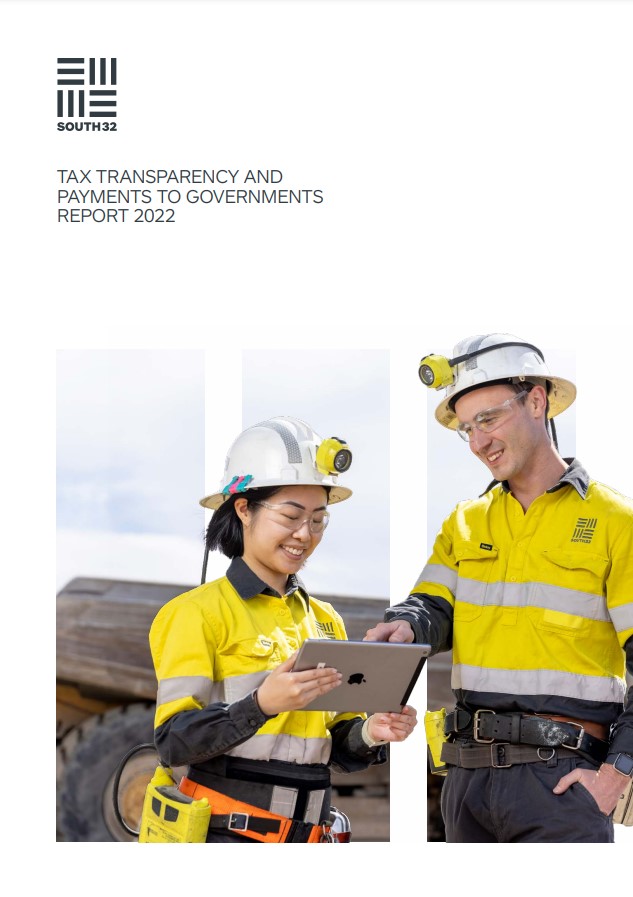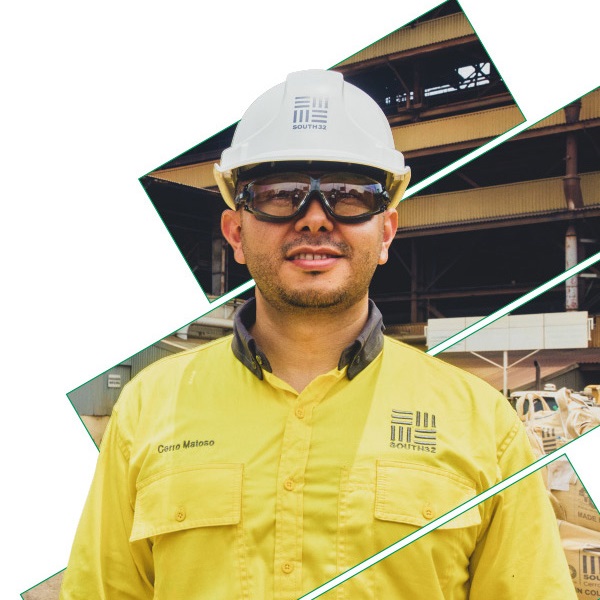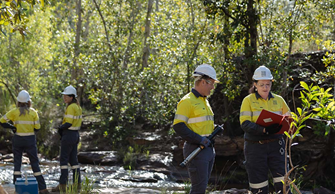
BIODIVERSITY CONSERVATION
We recognise the continued decline of global biodiversity, impacting the health and well-being of people and ecosystems, and presenting risks for economies, businesses and capital providers.
As stewards of the lands and waters upon which South32 operates, it is our responsibility to minimise our impacts to the natural environment.
Our Approach to Biodiversity Conservation outlines our commitments and management approach to addressing impacts on biodiversity and ecosystem services, throughout the mining lifecycle.





